In the world of modern soccer, the quest for excellence has reached new heights. To gain a competitive edge, players and coaches are increasingly turning to cutting-edge technology, with wearable tech leading the way.
In this article, we’ll delve into the exciting realm of wearable technology and its transformative impact on soccer training.
Transformation of Soccer Training Methods
Soccer training has come a long way from its traditional roots. Gone are the days of rudimentary drills and manual record-keeping.
Today, technology has transformed the way players prepare and perform on the pitch.
i) What is Wearable Technology?
Wearable technology refers to devices that can be worn on the body, such as smartwatches, fitness trackers, and GPS-enabled vests.
These gadgets have found their way onto soccer fields, providing players with a wealth of data and insights to enhance their performance.
ii) Role of Wearable Tech in Soccer Training
Wearable tech serves as an indispensable tool in modern soccer training.
Its multifaceted role includes performance tracking, tactical analysis, injury prevention, skill development, and mental conditioning.
iii) In-Depth Analysis of GPS Vests in Soccer Training
a) How GPS Vests Work:
GPS vests are a crucial component of modern soccer training, providing coaches and players with real-time data on player performance. Here’s how they work:
- GPS Sensors: The vests are equipped with small, lightweight GPS sensors that use satellite signals to determine a player’s position on the field with high accuracy.
- Inertial Sensors: In addition to GPS, these vests often incorporate inertial sensors (accelerometers and gyroscopes) to measure movement, acceleration, and changes in direction.
- Heart Rate Monitoring: Some GPS vests also include heart rate monitors to track a player’s cardiovascular effort during training.
b) Data Collection:
GPS vests collect a wide range of data during training sessions and matches:
- Distance Covered: The vests track the total distance a player runs during a session, including distance covered at different intensities (e.g., walking, jogging, sprinting).
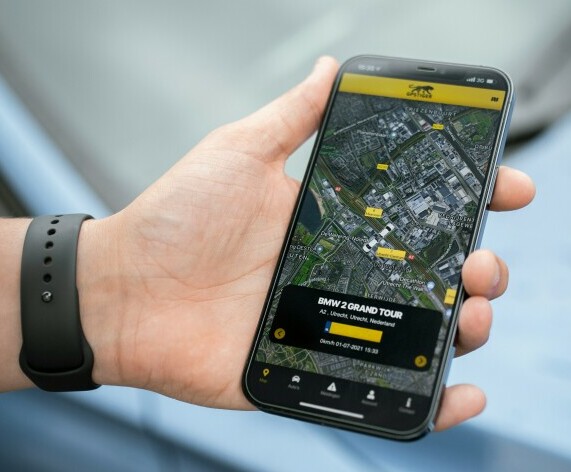
- Speed: They measure a player’s running speed, both maximum sprint speed and average speed throughout the session.
- Acceleration and Deceleration: Inertial sensors capture data on sudden changes in speed, which can indicate the intensity of movements.
- Player Positioning: GPS sensors provide precise location data, allowing coaches to analyze a player’s positioning on the field.
- Heart Rate: If equipped with heart rate monitoring, the vests record heart rate data, helping assess a player’s physiological response to training.
c) How Data Is Used in Training:
The data collected by GPS vests is invaluable for both coaches and players:
- Workload Monitoring: Coaches use the data to monitor player workload and ensure they are training within the desired intensity zones. This helps prevent overtraining and reduces the risk of injuries.
- Tactical Analysis: Positioning and movement data allow coaches to analyze players’ on-field positioning, helping refine team tactics and individual player roles.
- Performance Optimization: By tracking speed, acceleration, and distance covered, coaches can tailor training programs to improve specific aspects of a player’s performance, such as sprinting speed or endurance.
- Recovery Planning: Heart rate data, when available, aids in assessing a player’s recovery and fitness level. Coaches can adjust training schedules based on this information to ensure players are adequately recovered for matches.
- Goal Setting: Players can use the data to set performance goals and track their progress over time. It provides a tangible way to measure improvement.
- Injury Prevention: The data can identify players at risk of injury due to overexertion or fatigue. Coaches can then modify training sessions or provide additional recovery time.
Overall, GPS vests provide a wealth of information that can be used to fine-tune training programs, enhance player performance, and reduce the risk of injuries. They have become an integral part of modern soccer training, aligning with the data-driven approach that is increasingly prevalent in the sport.
iv) Performance Tracking
Wearable tech allows coaches and players to monitor performance metrics in real-time. Metrics like speed, distance covered, heart rate, and more offer a comprehensive view of player fitness and readiness.
v) Tactical Analysis
The tactical nuances of soccer are brought into sharp focus through wearable tech. It assists in analyzing player positioning, movement patterns, and decision-making, helping teams refine their strategies.
Case Study 1: FC Barcelona
Integration of Wearable Tech: FC Barcelona, one of the world’s most renowned soccer clubs, has embraced wearable technology to enhance their training sessions and player performance.
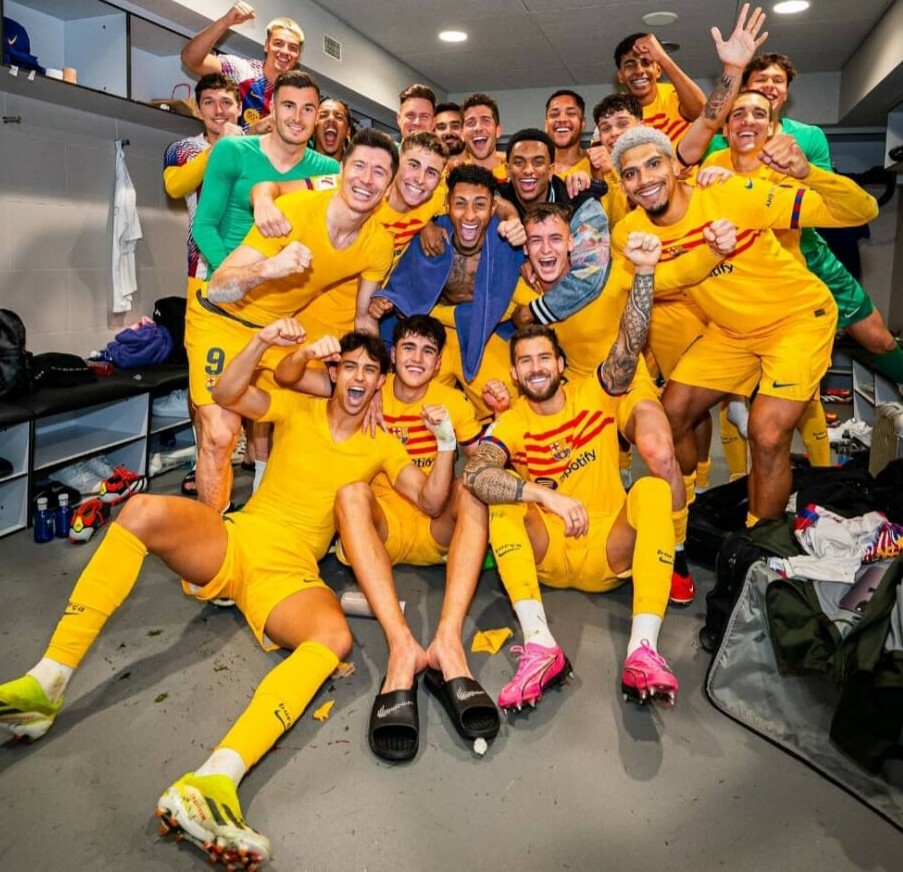 (Picture courtesy of FC Barcelona Page)
(Picture courtesy of FC Barcelona Page)
Specific Wearable Tech Used: FC Barcelona uses GPS trackers and wearable sensors that monitor various player metrics, including distance covered, sprinting speed, and acceleration.
Results and Improvements:
- Injury Prevention: The club reported a significant reduction in training-related injuries as a result of monitoring players’ workloads. By analyzing the data collected from wearable sensors, the coaching staff could identify players at risk of overexertion and adjust their training accordingly.
- Performance Optimization: Wearable tech allowed coaches to tailor training sessions to individual player needs. For example, players who needed to improve their sprinting speed received specific drills and exercises designed to address their weaknesses.
- Tactical Insights: Data collected from the wearables provided valuable insights into player positioning and movement patterns during matches. Coaches used this information to refine the team’s tactical approach and player positioning on the field.
- Fitness and Conditioning: Wearable tech helped in tracking players’ fitness levels and ensured they were reaching their peak physical condition. This data was used to fine-tune conditioning programs for individual players.
Impact: FC Barcelona’s integration of wearable technology contributed to their success by improving player fitness, reducing injuries, and fine-tuning their tactical approach. This case study illustrates how a top-tier club can benefit from the use of wearable tech in soccer training.
Case Study 2: Cristiano Ronaldo
Player Incorporating Wearable Tech: Cristiano Ronaldo, one of the most iconic soccer players globally, has been an advocate for incorporating wearable technology into his training routines.
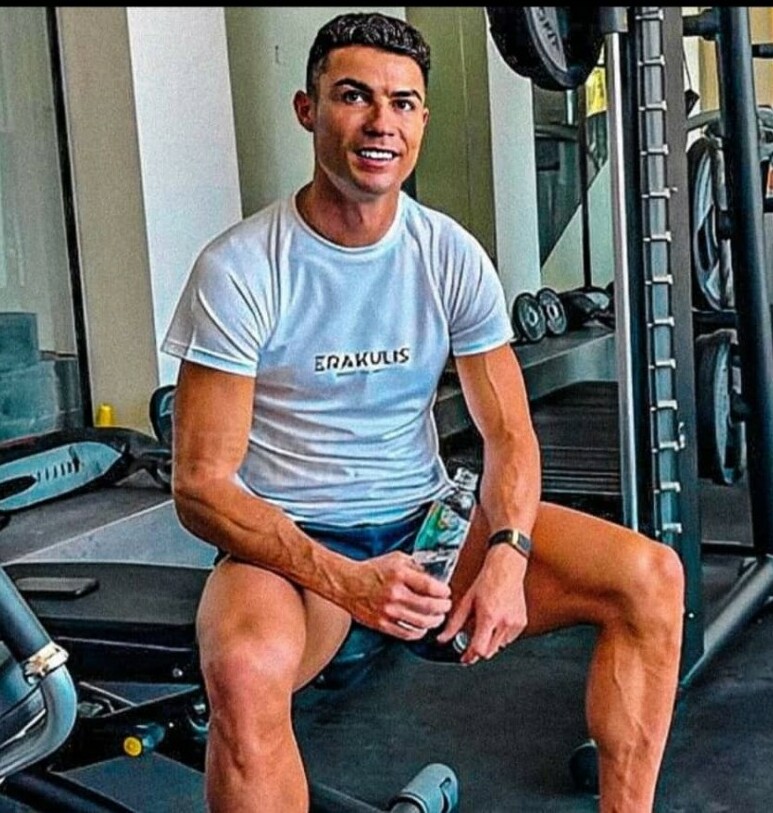 (Picture courtesy of The Sun Sport)
(Picture courtesy of The Sun Sport)
Specific Wearable Tech Used: Ronaldo has been known to use GPS trackers, heart rate monitors, and performance analysis software to monitor his training and performance.
Results and Improvements:
- Performance Tracking: Wearable tech allows Ronaldo to track key performance metrics during training sessions and matches. This includes data on distance covered, sprinting speed, and heart rate, among others.
- Optimized Recovery: By closely monitoring his physical exertion and recovery metrics, Ronaldo can adjust his training and recovery routines to maintain peak fitness and reduce the risk of injury.
- Goal Setting: Ronaldo uses data from wearable tech to set and track specific goals for his performance. This data-driven approach helps him continuously improve his skills and maintain his elite status.
Impact: Cristiano Ronaldo’s commitment to utilizing wearable technology has contributed to his longevity and continued success as a top soccer player. His dedication to monitoring and optimizing his performance showcases the potential benefits of wearables for individual players.
vi) Injury Prevention and Monitoring
One of the most critical aspects of wearable tech is injury prevention. By monitoring player workload, fatigue levels, and the risk of overtraining, these devices play a crucial role in keeping athletes on the field and injury-free.
vii) Skill Development
Improving technical skills is at the core of every soccer player’s journey. Wearable tech provides real-time feedback and data analysis to help players fine-tune their skills, from passing accuracy to dribbling proficiency.
viii) Mental Conditioning
Success in soccer extends beyond the physical realm. Wearable tech has the potential to enhance cognitive abilities, mental focus, and psychological readiness, helping players maintain peak performance under pressure.
ix) Limitations and Challenges
Despite its many benefits, wearable tech faces limitations and challenges, including cost, data accuracy, and data interpretation.
These factors must be carefully considered when integrating technology into training programs.
x) Future Trends and Innovations
The future of wearable tech in soccer training is bright. Anticipated advancements include more precise sensors, augmented reality overlays, and even AI-driven coaching assistants. The potential for innovation knows no bounds.
Take away
In conclusion, wearable technology is reshaping the landscape of soccer training.
Its ability to track performance, analyze tactics, prevent injuries, refine skills, and enhance mental conditioning places it at the forefront of the sport’s evolution. Embracing this tech-driven future is not an option but a necessity for those who aspire to excel on the soccer pitch.
What is your experience about wearable technology. How effective is it with regards to player performance on and off the field? Please leave your comment, contribution, questions in the comment section below.
Happy training and use of wearable tech gadgets.
Here’s a little transparency: Our website contains affiliate links. This means if you click and make a purchase, we may receive a small commission. Don’t worry, there’s no extra cost to you. It’s a simple way you can support our mission to bring you quality content.
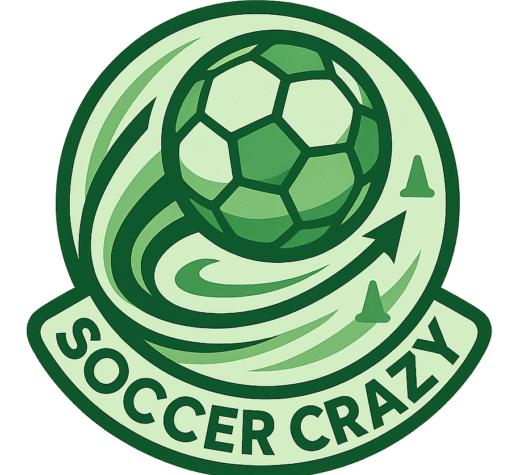
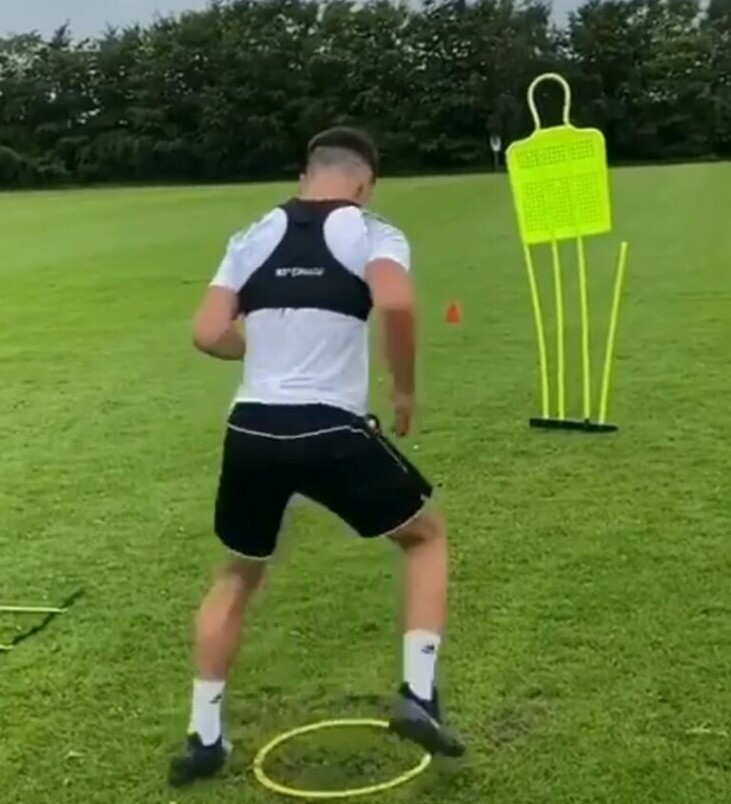
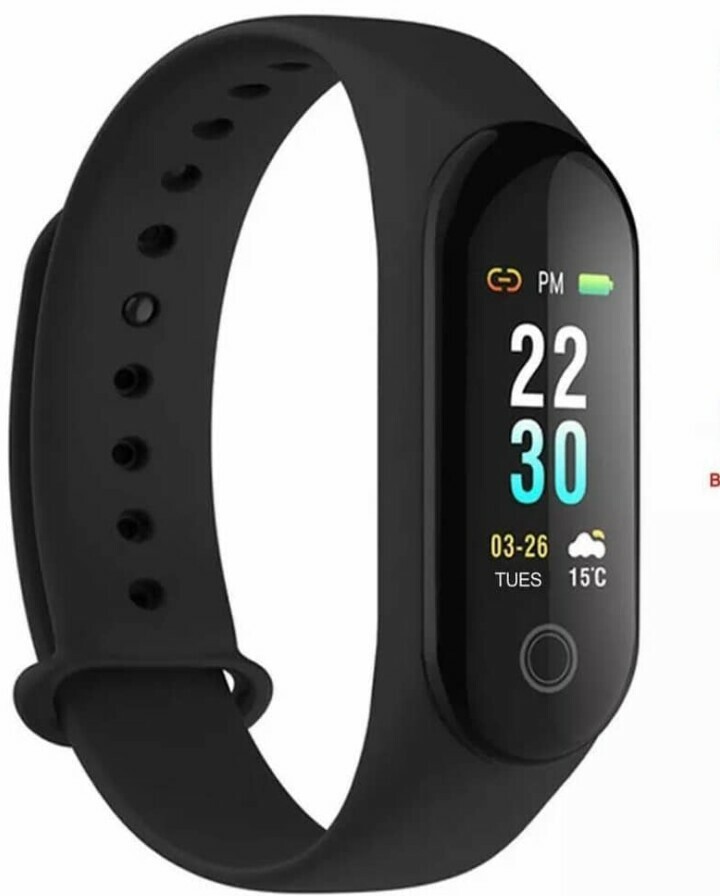
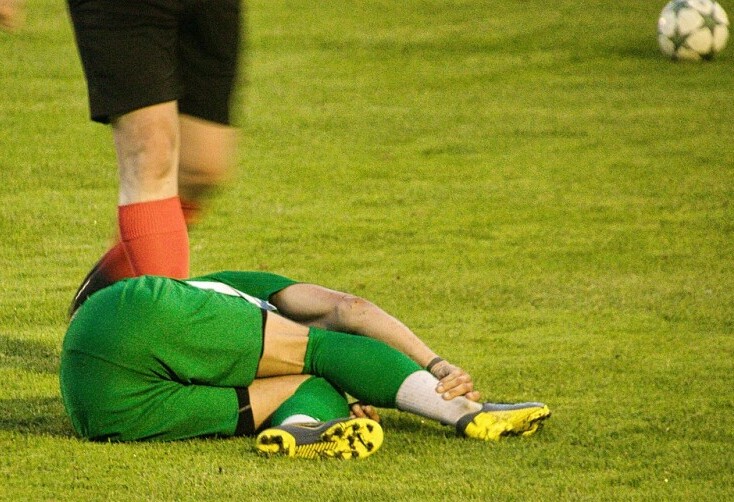
This article offers a thorough examination of wearable technology’s influence on modern soccer training, showcasing its diverse benefits in player performance, injury prevention, and tactical analysis. While the inclusion of case studies from FC Barcelona and Cristiano Ronaldo enhances credibility, it could provide further exploration into potential drawbacks and ethical considerations of widespread adoption.
How do players and coaches navigate the potential ethical considerations surrounding the use of wearable technology in soccer training, such as data privacy, player autonomy, and fairness in competition?
I think with everything new, there is need for transparency regarding what data is being collected, how it is being used, and who has access to it. The club executives and technical staff must ensure that there is strict compliance with data protection regulations and they must implement robust security measures to safeguard player information.There must be an understanding of both parties i.e. player and technical staff about concerns regarding player autonomy and consent in using wearable technology. The players should have the right to control their data and decide whether they want to participate in data collection initiatives. I really like a situation where there is open communication between players and coaches to address any concerns and ensure that players feel empowered to make informed decisions about their participation.Fairness in Competition: This one I will keep the discussion open. Why because there are teams with greater resources may have access to more advanced technology than others. We see a lot of that all the time during player transfers. That creates an imbalance in performance monitoring and analysis. But I look forward to advocate for policies and guidelines to promote equity and fairness in the use of wearable technology across teams, leagues and possibly continental soccer competitions.
Thank you very much Matt for your comment. I look forward to engaging comments like yours.